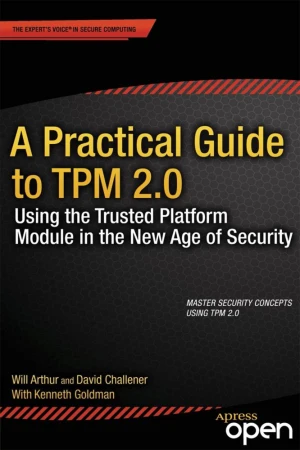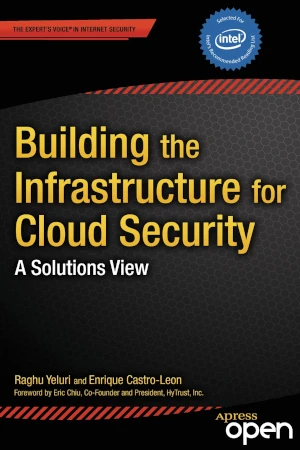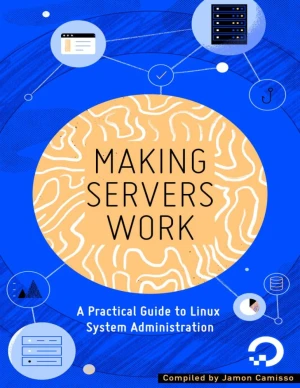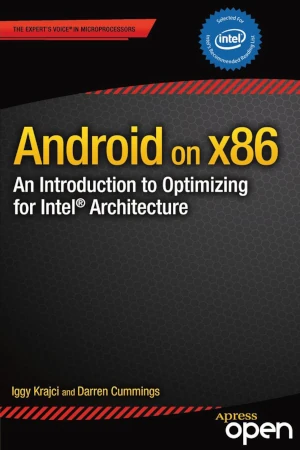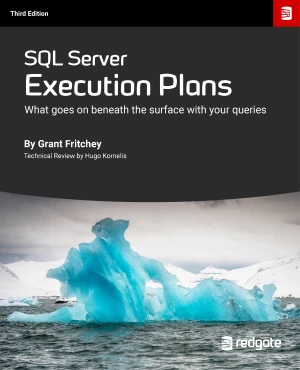Intel Trusted Execution Technology for Server Platforms
A Guide to More Secure Datacenters
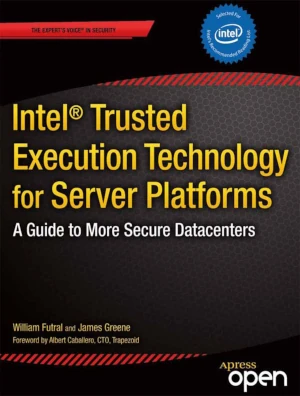
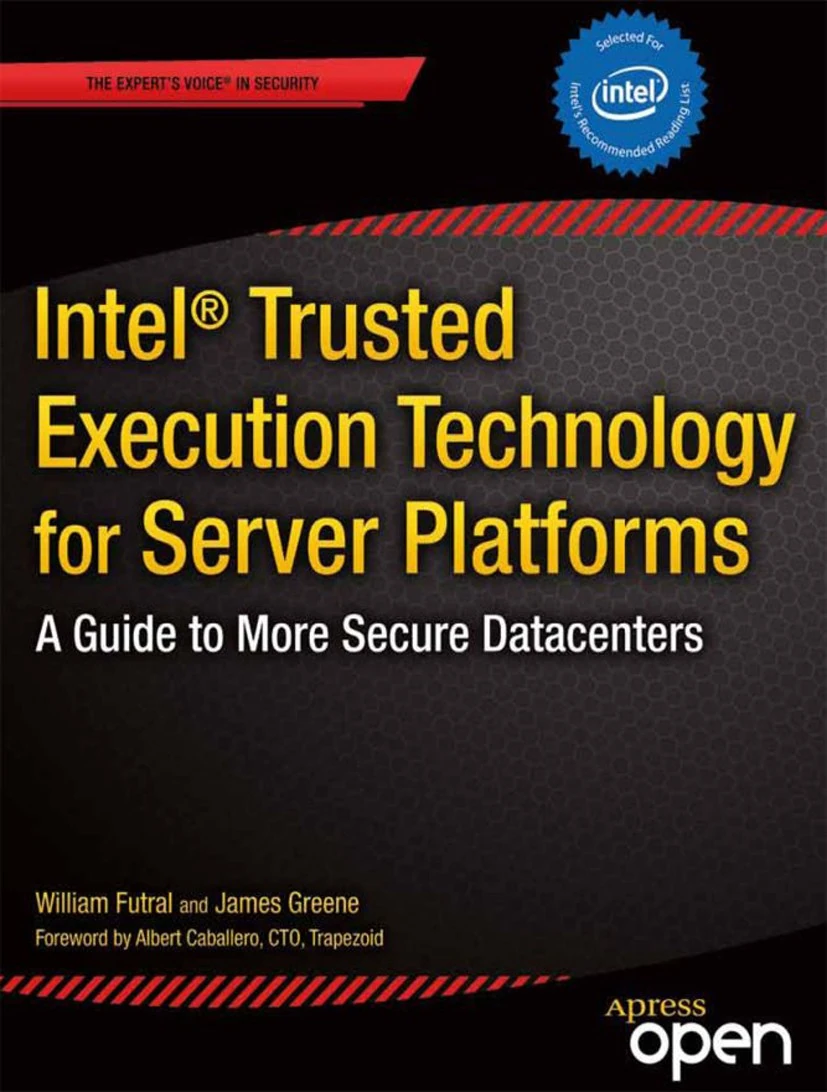
Book Details
| Authors | William Futral, James Greene |
| Publisher | Apress |
| Published | 2013 |
| Edition | 1st |
| Paperback | 156 pages |
| Language | English |
| ISBN-13 | 9781430261483, 9781430261490 |
| ISBN-10 | 143026148X, 1430261498 |
| License | Apress Open |
Book Description
Intel Trusted Execution Technology (Intel TXT) is a new security technology that started appearing on Intel server platforms in 2010. This book explains Intel Trusted Execution Technology for Servers, its purpose, application, advantages, and limitations. This book guides the server administrator / datacenter manager in enabling the technology as well as establishing a launch control policy that he can use to customize the server's boot process to fit the datacenter's requirements. This book explains how the OS (typically a Virtual Machine Monitor or Hypervisor) and supporting software can build on the secure facilities afforded by Intel TXT to provide additional security features and functions. It provides examples how the datacenter can create and use trusted pools.
If you enjoyed the book and would like to support the author, you can purchase a printed copy (hardcover or paperback) from official retailers.
Download and Read Links
Share this Book
[localhost]# find . -name "*Similar_Books*"
Intel Xeon Phi Coprocessor Architecture and Tools
Intel Xeon Phi Coprocessor Architecture and Tools: The Guide for Application Developers provides developers a comprehensive introduction and in-depth look at the Intel Xeon Phi coprocessor architecture and the corresponding parallel data structure tools and algorithms used in the various technical computing applications for which it is suitable. It
A Practical Guide to TPM 2.0
A Practical Guide to TPM 2.0: Using the Trusted Platform Module in the New Age of Security is a straight-forward primer for developers. It shows security and TPM concepts, demonstrating their use in real applications that the reader can try out. Simply put, this book is designed to empower and excite the programming community to go out and do cool
Building the Infrastructure for Cloud Security
For cloud users and providers alike, security is an everyday concern, yet there are very few books covering cloud security as a main subject. This book will help address this information gap from an Information Technology solution and usage-centric view of cloud infrastructure security. The book highlights the fundamental technology components nece
Making Servers Work
This book highlights practical sysadmin skills, common architectures that you'll encounter, and best practices that apply to automating and running systems at any scale, from one laptop or server to 1,000 or more. It is intended to help orient you within the discipline, and hopefully encourages you to learn more about system administration.
Android on x86
Android on x86: an Introduction to Optimizing for Intel Architecture serves two main purposes. First, it makes the case for adapting your applications onto Intel’s x86 architecture, including discussions of the business potential, the changing landscape of the Android marketplace, and the unique challenges and opportunities that arise from x86 de
SQL Server Execution Plans, 3rd Edition
If a query is performing poorly, and you can't understand why, then that query's execution plan will tell you not only what data set is coming back, but also what SQL Server did, and in what order, to get that data. It will reveal how the data was retrieved, and from which tables and indexes, what types of joins were used, at what point filtering,


